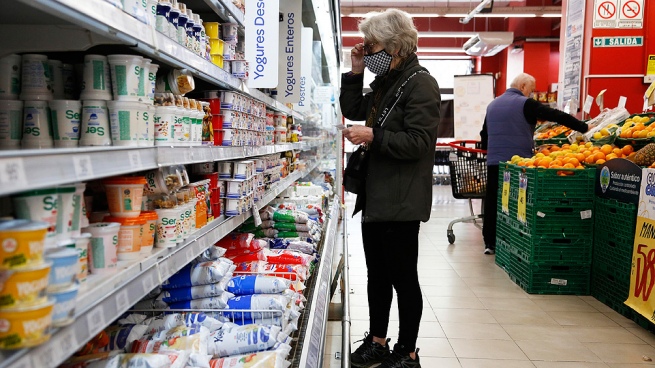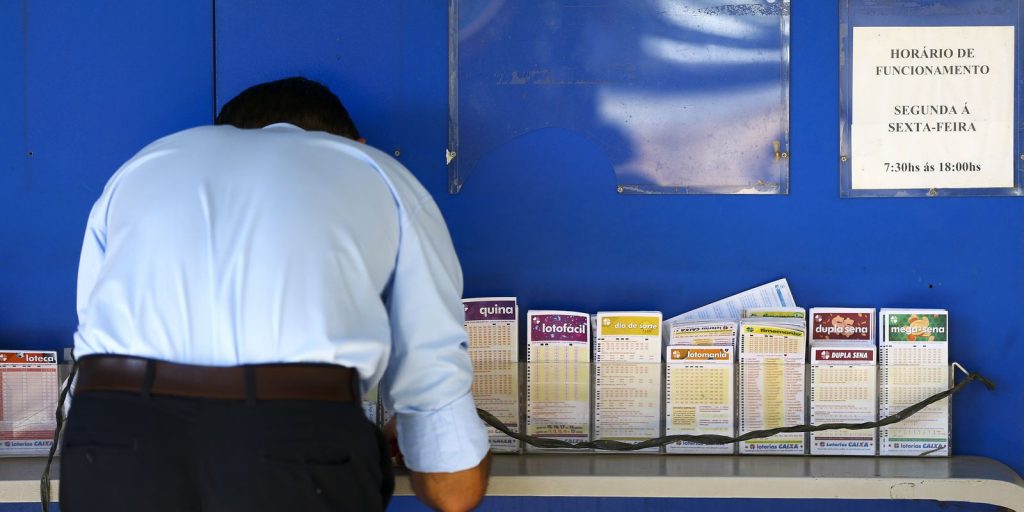The mass consumption remains with positive numbers in the chains of supermarkets and it registers drops in independent supermarkets, while a high participation in the sales of the products included in Care Prices is observed.
The latest report from the Scentia Consulting registered a 2% year-on-year growth in July in the sales of supermarket chains and independent self-service stores, and a rise in the accumulated January-July of 4%.
The result is made up of an increase of 7.9% in supermarket chains in July compared to the same month last year, while independent self-service stores had a drop of 3.2% in the same comparison.
Osvaldo Del Río, director of Scentia, told Télam that “The striking fact is that the supermarket that grew 7.9% compared to a very high base of 5.4% the previous year”and considered that this rise is due to the fact that “people stocked up on non-perishable basic necessities”.
“What happened in the last month speaks of an atypical stocking situation; they bought oil, flour, sugar, preserves to take care of their income, because otherwise they know that next month they would pay more,” he added.
Prices Care
As for the incidence of Prices Care in sales, he said that this official program “continues to have a weight of 12 points in the total purchase, which is high, it is widely used by people” while “it helps to have a slight reference” to the price of the products .
“Offers in supermarkets are also widely used because they help save money,” he said.
Forecasts for the coming months
For the next few months, he said that “a drop is expected” in consumption although there will be “a slightly positive result” at the end of the year, given that “as of July the accumulated figure is still positive at 4%, so it should be very negative for the year to close negative.”

On the other hand, the National Institute of Statistics and Censuses (Indec) published this week the results corresponding to June of the survey of supermarkets and wholesale self-services, which showed a growth of 2% year-on-year in sales at constant supermarket prices and a low 1.1% in wholesalers.
As for the payment methods used in supermarkets, 38% of sales were paid by credit card, 29.3% in cash, 28.7% by debit card and 4% by other means of payment.
Martín Estevez, Customer Success Leader South Zone in NielsenIQtold Télam that “at a general level, consumption showed growth of 4.6%, although the expectation towards the end of the year is a slowdown and even falls in the coming months”.
“Despite this recovery, the per capita consumption base continues to be very low, at levels similar to those of 2006, and far from the highest levels observed between 2011 and 2013,” he compared.
Independent self-services
As for the independent supermarketsthe latest Scanntech survey showed a 6.7% drop in July sales compared to the previous month, and a 2.2% contraction in the accumulated figure for the first seven months of the year.
The accumulated figure for 2022 shows the Metropolitan area persisting with a drop in consumption at a double-digit rate, while the Interior remains stable, although in recent months it has shown retraction.
All the families of products lose in the accumulated January-July, with the exception of Beverages (+0.8%): Foods (-5.6%) as Personal care (-7.1%) are those with the greatest decrease in consumption, while Cleaning (-0.1%) presents negative variations of lesser magnitude.
When analyzing this data on sales in local self-service stores, the director of the consultancy Focus MarketDamián Di Pace, said that “in the month of July the fall in mass consumption has accelerated with acceleration of prices in basic categories of the household food basket, exceeding levels of between 15% and 20% per month in several products”.
“Personal care was found among the products with the lowest volume resigned by Argentine families to give priority to food and beverages,” he concluded.


















